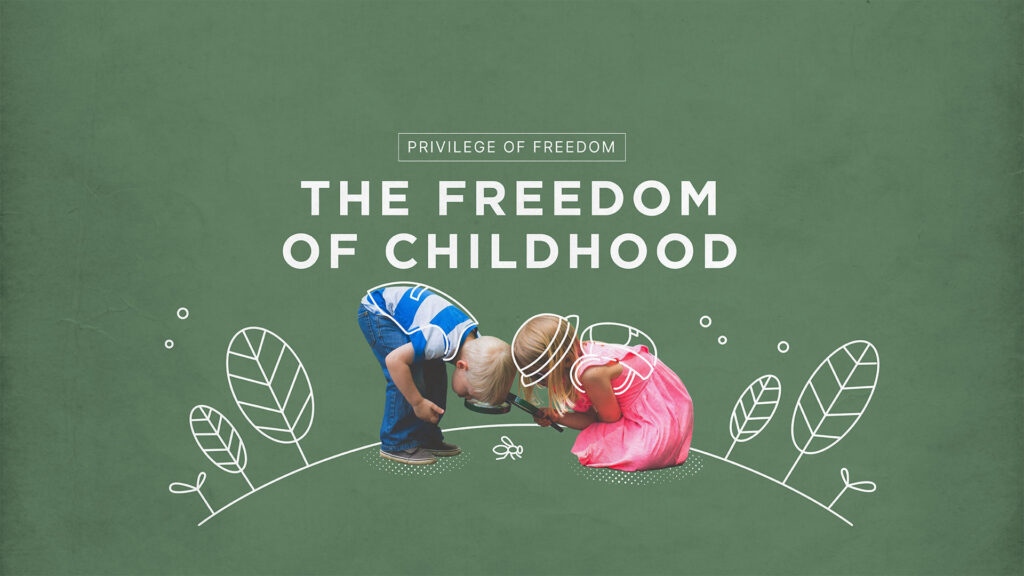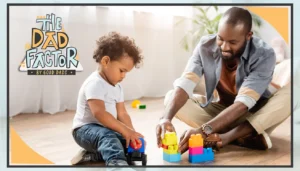When Structure Isn’t Enough – Fostering Unstructured Play in a Highly Structured World
Ah, those glorious, carefree days of childhood play. Thinking back to childhood, what do you remember? If we could go to the future and ask children what they remember about their childhood today, many would reflect on continual extra-curricular activities such as practices, lessons, and performances. Many children today have schedules that rival an employee who works 80 hours a week. In a quest to provide children with every possible opportunity, parents feel pressure to have their children in multiple sporting activities, lessons, and other extracurricular activities. We now see children in school who complain about aching joints from working out, or sheer exhaustion from staying up until 10:00 at night to finish their homework following their practices. Children are eating and sleeping in the car while their bleary eyed parents drive them to multiple activities.
We certainly want children who are well-rounded and healthy, and to provide them with opportunities to develop new skills is important and valuable. However, providing children of all ages, including teens, with unstructured play time is a critical part of childhood development! Unstructured play time is a time dedicated to absolutely no agenda – no screens, no planned activity, just time to create, explore, and daydream. By allowing children with unstructured time, your child can develop lifelong strengths that will help them be independent, successful adults. Let’s look at the benefits of unstructured play for all ages.
The Dreaded “B” Word
Many parents worry that if they do not keep their child on a robust schedule, or provide them with activities and educational toys, that their child will be bored. Guess what? Boredom can be a great thing! Boredom can cause kids to be motivated to try new things. It allows kids time to be creative and find ways to organize and occupy their time. This, in turn, leads to creative problem solving. These are all life skills that will serve your child in any school or work setting. It’s so tempting to swoop in when a child expresses boredom and attempts to entertain them, or provide them with screen time. Embrace the boredom!
Failure Can Be Good
Trying new things during unstructured play time provides kids with opportunities to attempt new activities. Inevitably, trying new skills or activities won’t work. Unstructured play time helps kids learn that it’s ok when things don’t work out, and provides them with the time to learn to be self-determined. It also helps kids learn how to soothe themselves. We often think of self-soothing as something only babies need to learn, but providing unstructured time helps children continue to develop the ability to recover from disappointment and frustration.
It Does a Body Good
Your child may always want to play on their tablet or watch TV. Unstructured play that is free of screens helps your child show a greater interest in physical activities. Not only does this help them build physical strength and coordination, it also helps them learn about their own physical capabilities and limitations. Children who are hurried from one activity to the next tend to be more anxious and depressed. We want our kids to have healthy bodies and minds. Throw that rigid schedule out of the window and get those kiddos moving!
This Seems Risky
Unstructured play feels very risky. It’s allowing children to explore indoors and outdoors. It’s allowing them to be more independent and less reliant on you. It also allows them to deal with conflict as they socialize with other children. The news makes any parent tremble at the scary things in this world, but the truth is that most people are good. Your child needs to learn risk assessment, how to be independent, and how to deal with normal childhood conflict. Give your children clear expectations of what is acceptable, train them about how to safely handle situations, and take a step back. Intervene only when necessary or when they are wanting to do something that you are opposed to. The benefits of learning how to take calculated risk may be worth a greater sense of confidence and independence for your child.
What’s the Secret Message?
It’s so tempting to hover over your child. By standing by for their every need, you may feel as if you are providing them with safety, preventing conflict between children, and helping them be creative. However, your children are hearing other messages not just from your words, but also from your actions. Your child may be getting the message from you that you don’t trust them. They may be sensing that you believe them to be incapable of solving problems. Your actions and words may be discouraging them from creativity, or telling them that they will fail. Teaching children that there is danger around every corner and that it’s safer to stay under your wings leads to anxiety and fear. By allowing children to be creative and independent through unstructured time, you are showing your children the opposite – you are letting them know that they are capable, helping them learn to face reasonable fears, teaching them that making mistakes is part of life, and that you do trust them.




